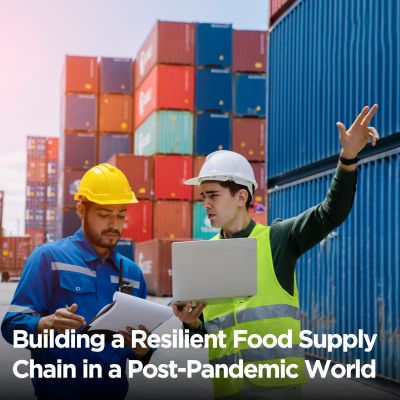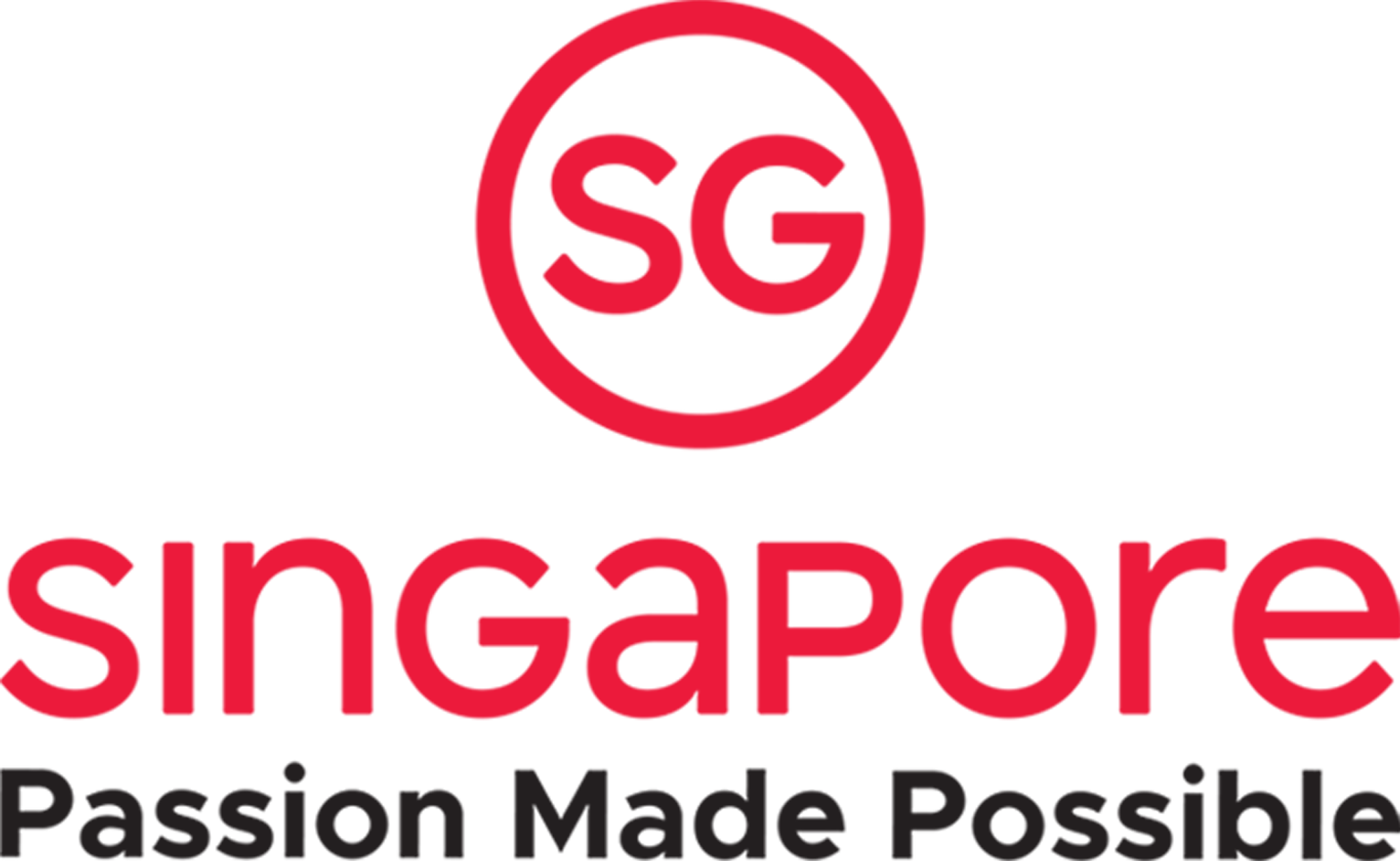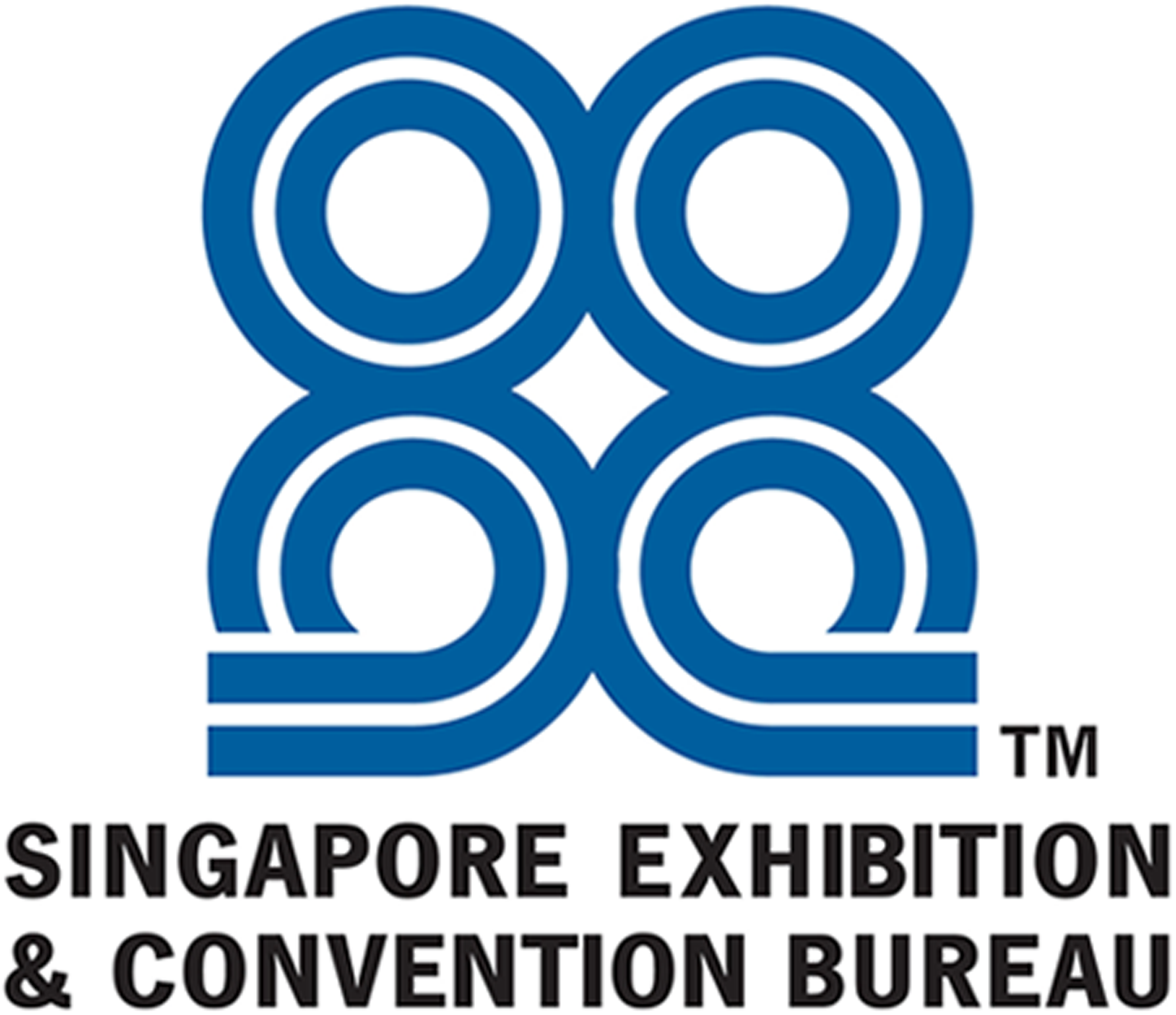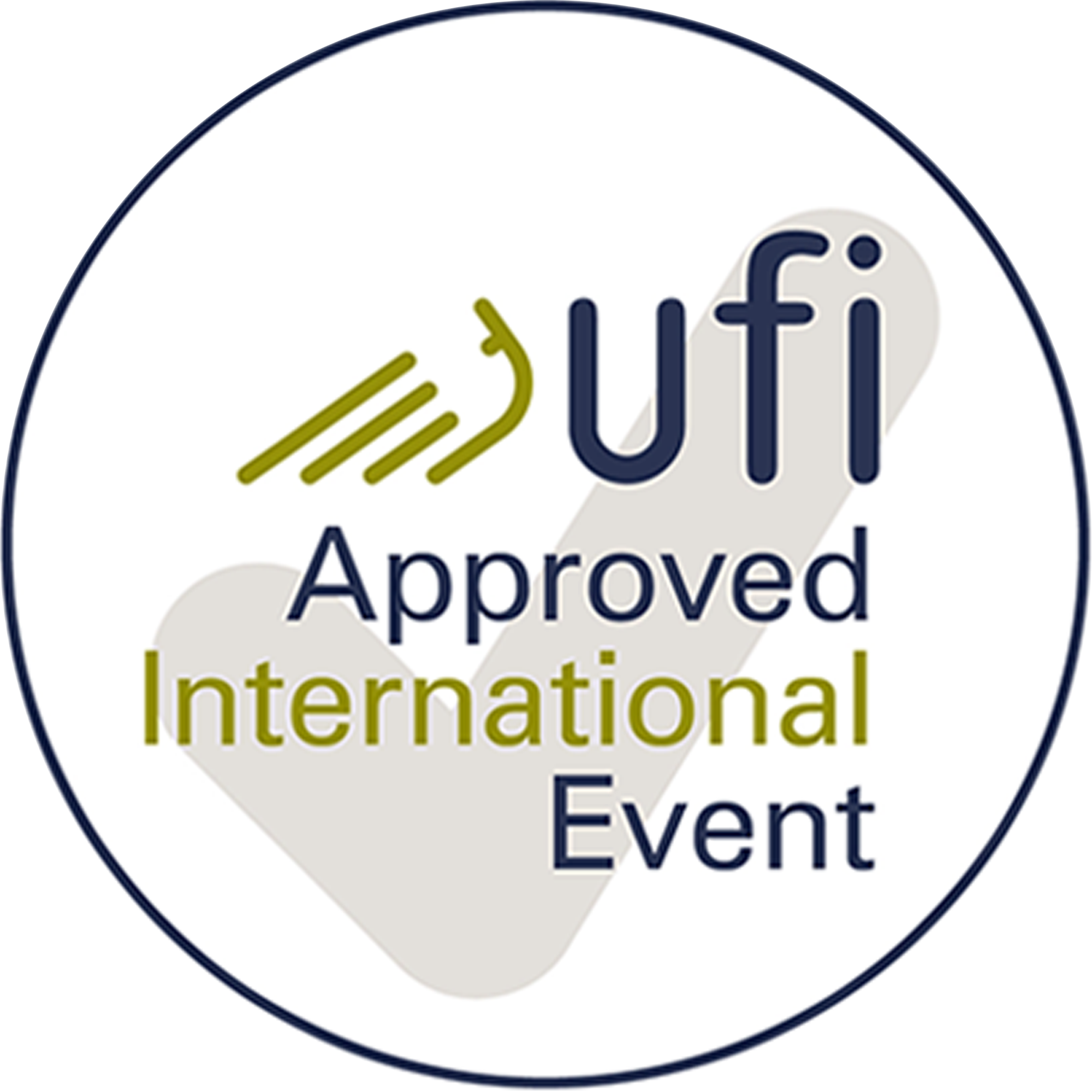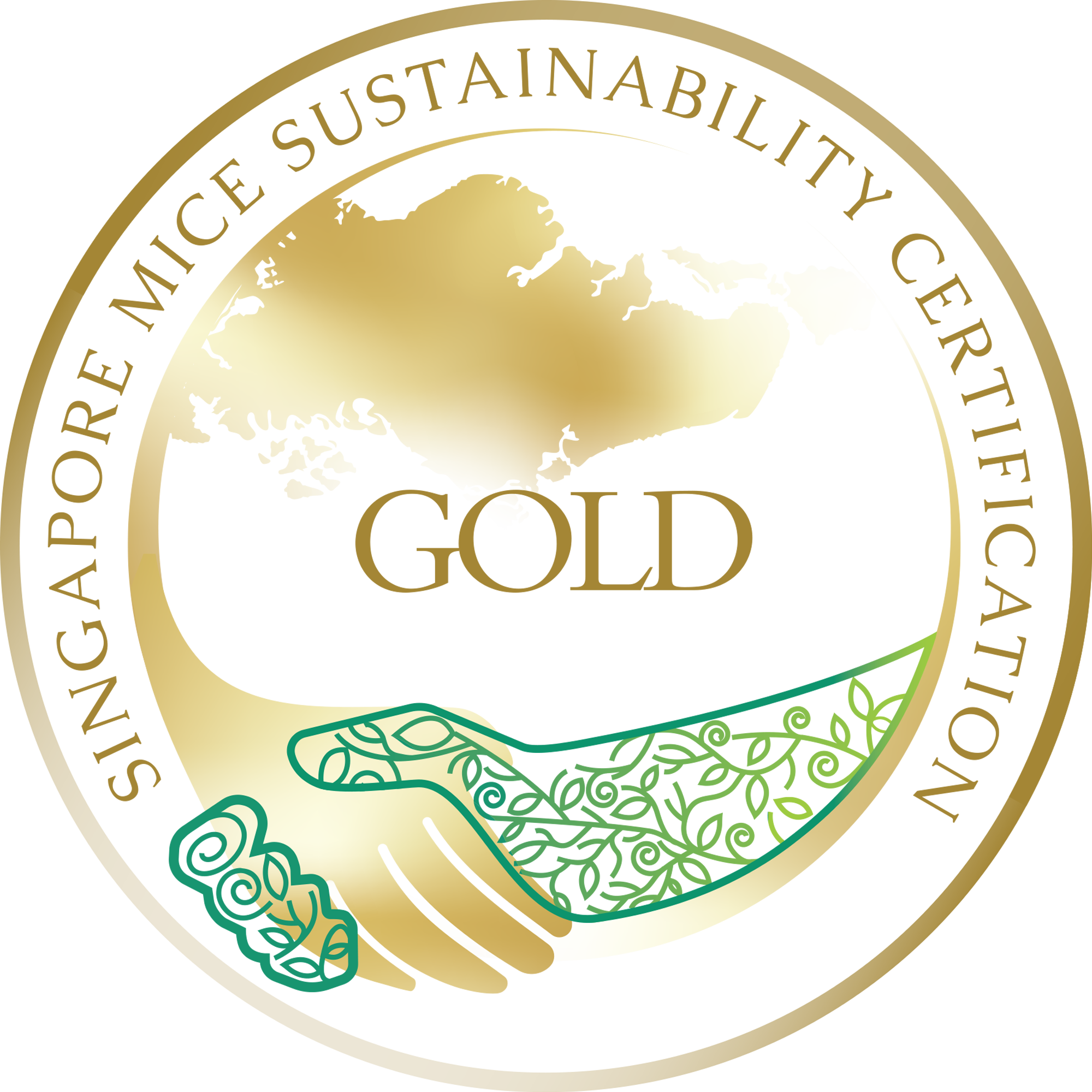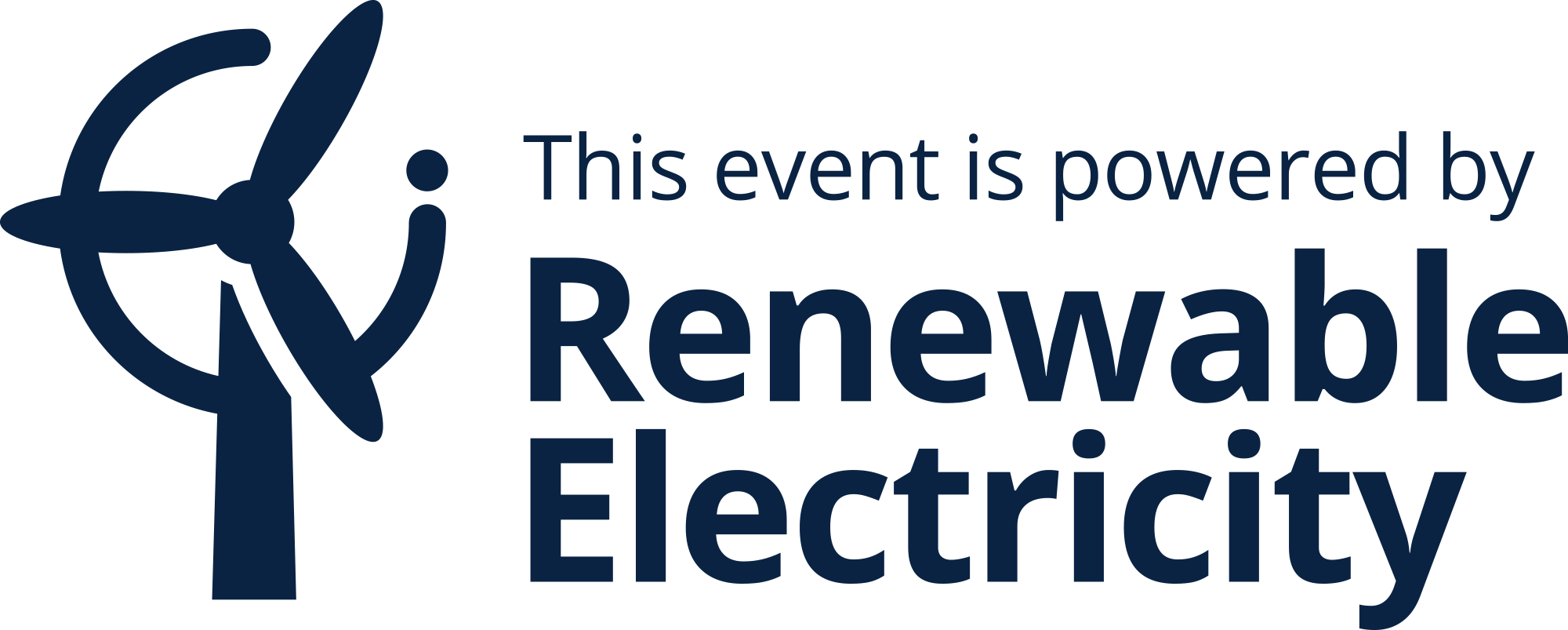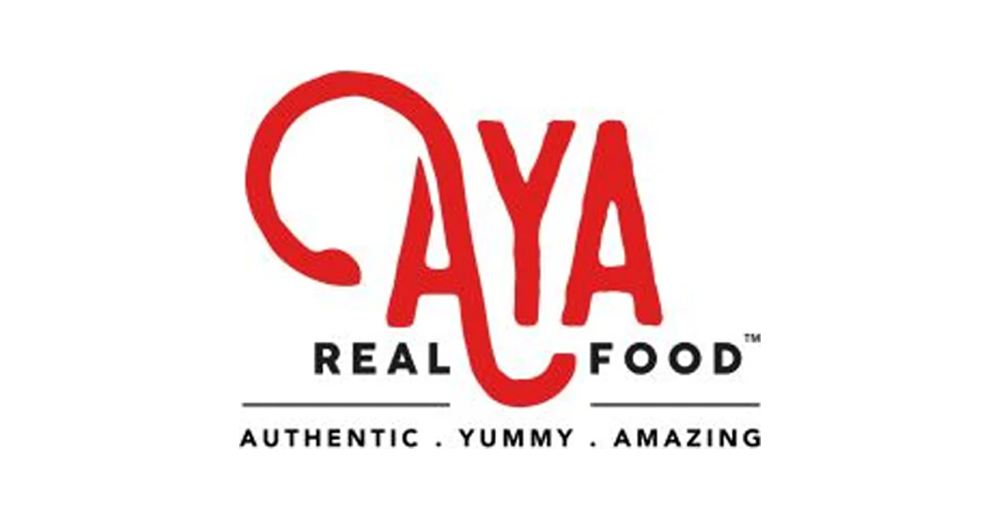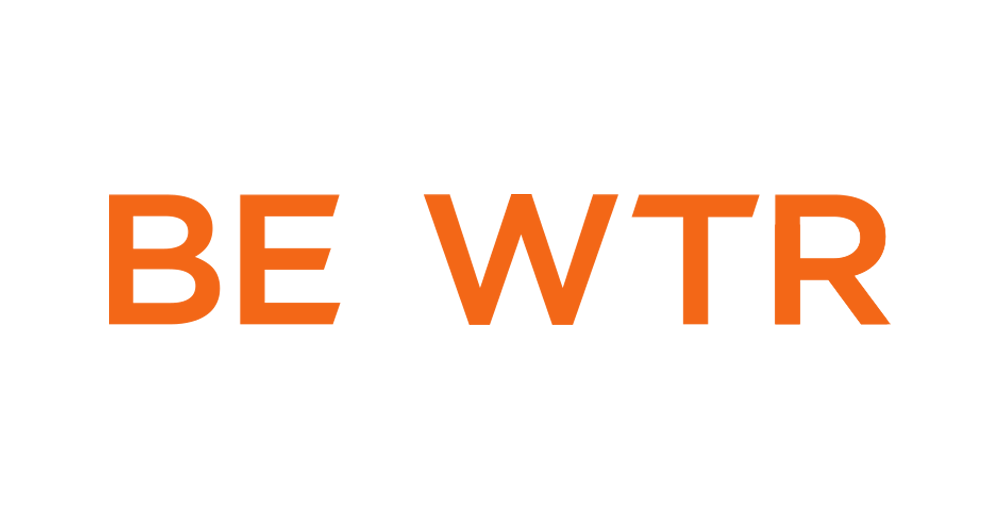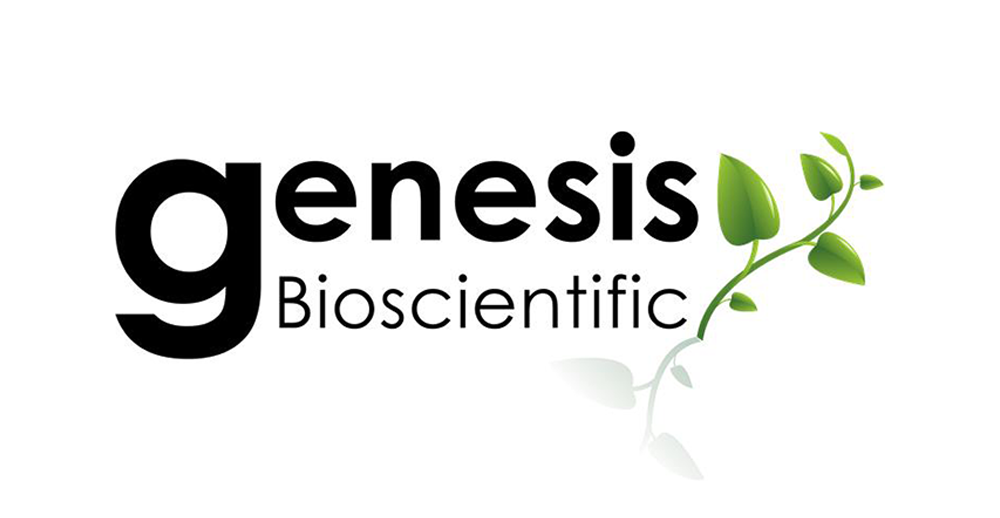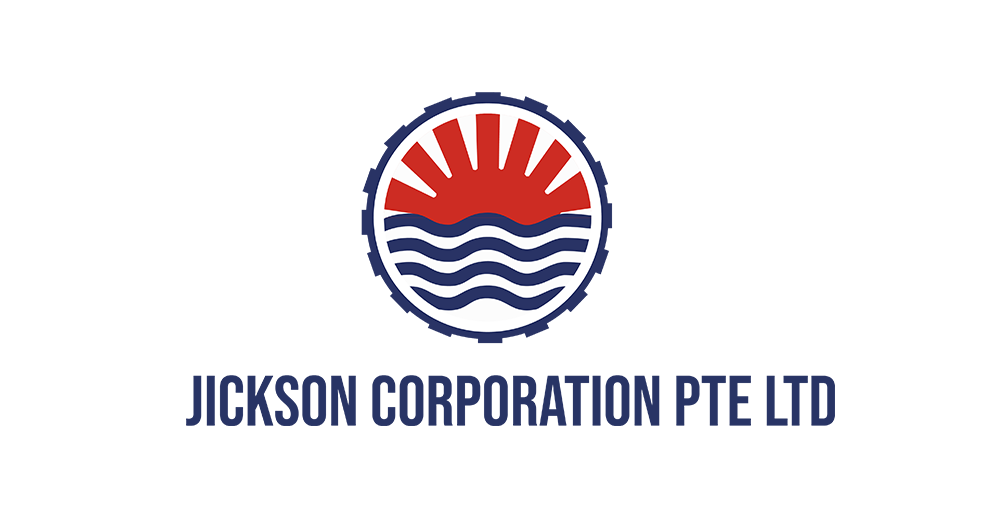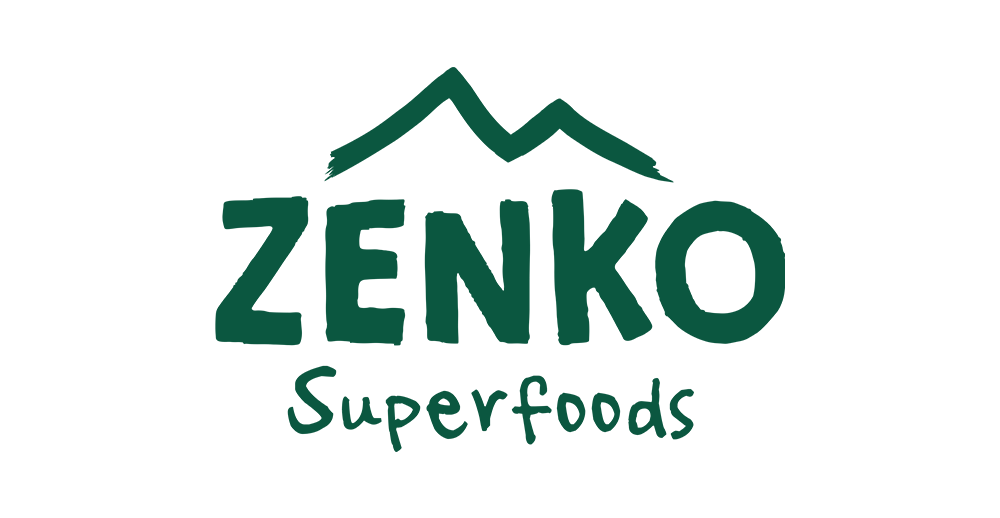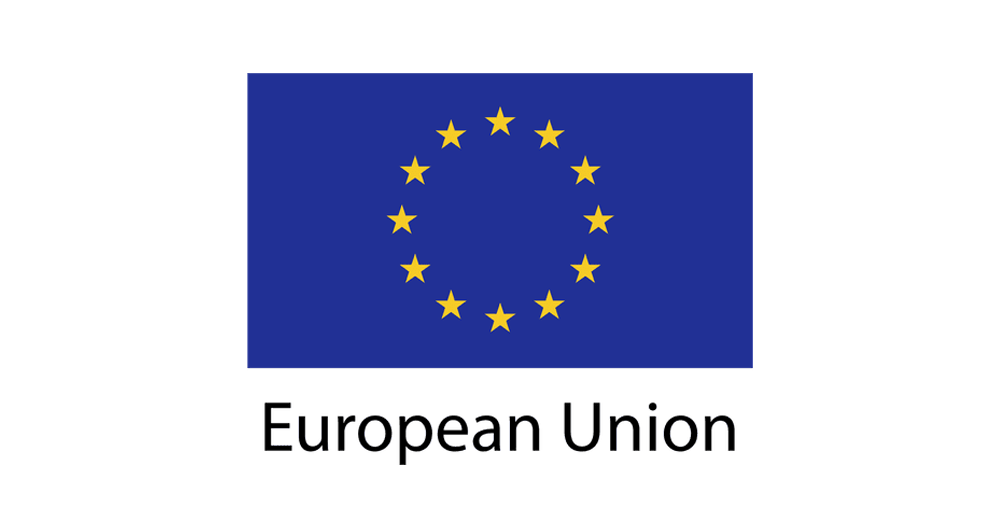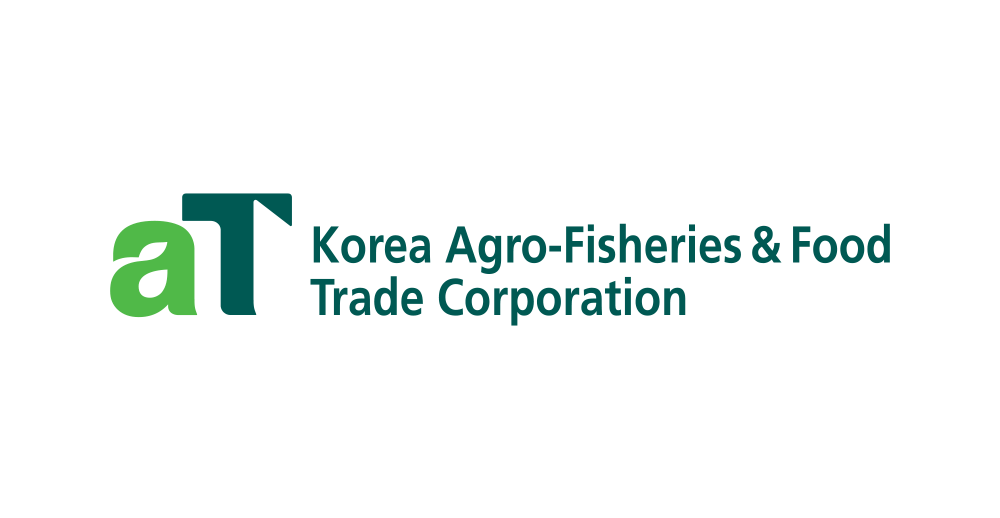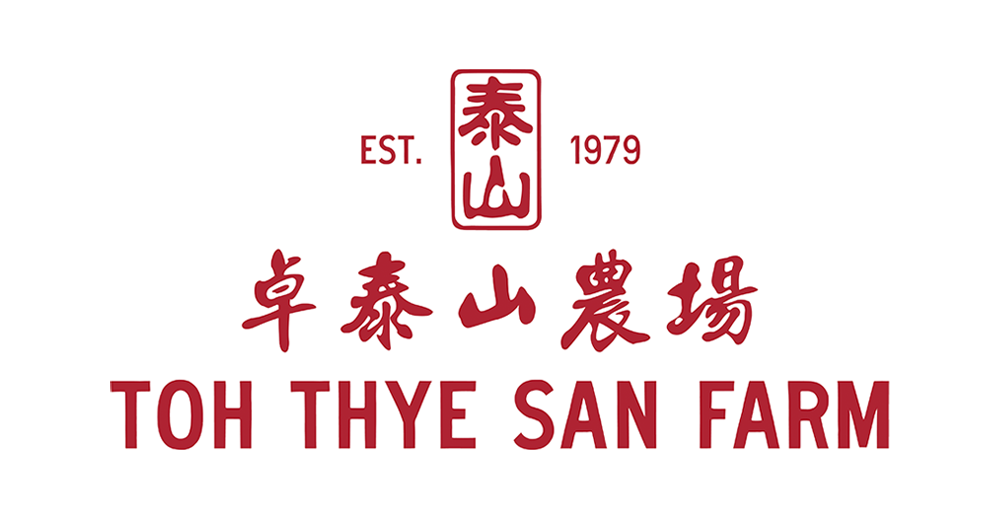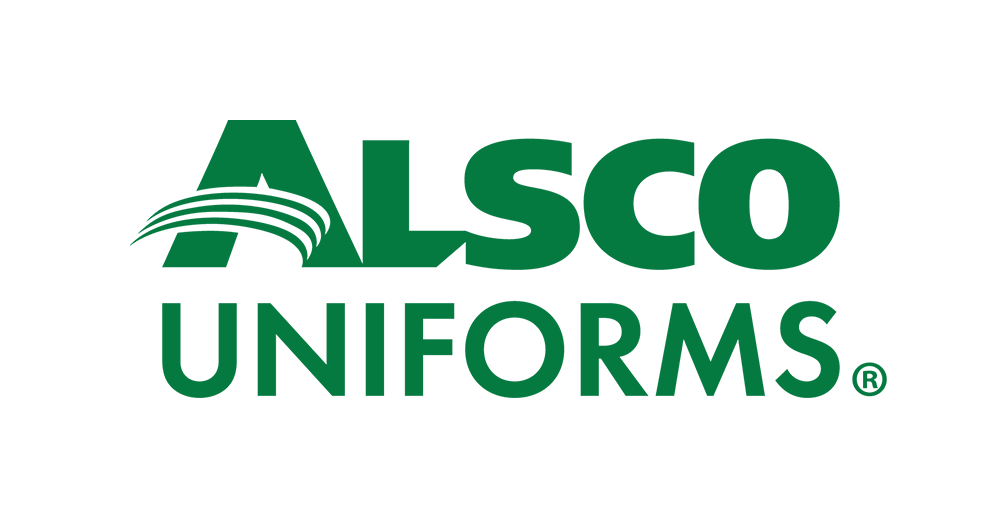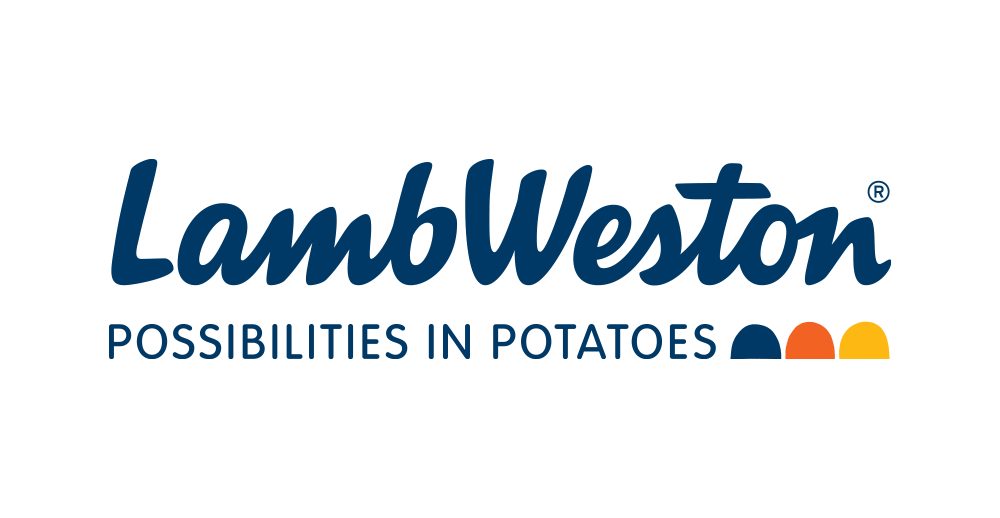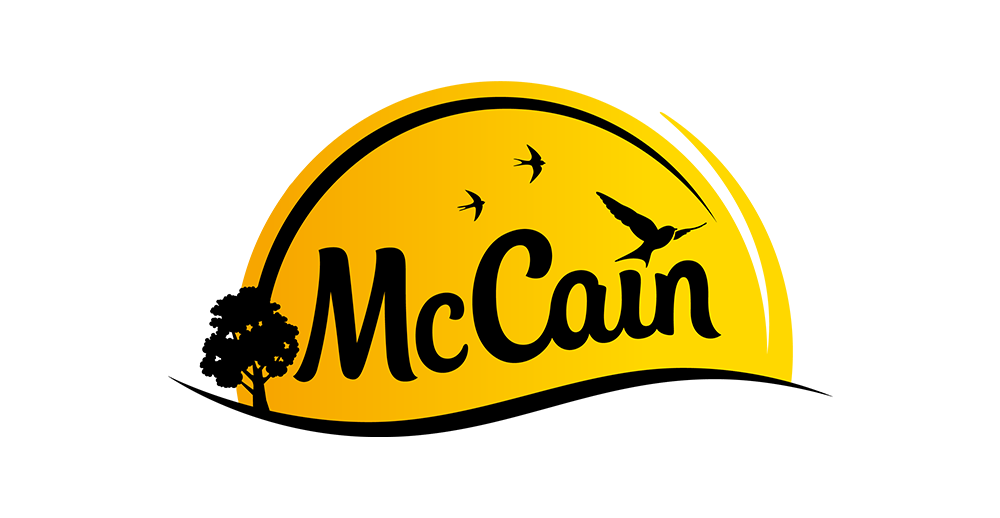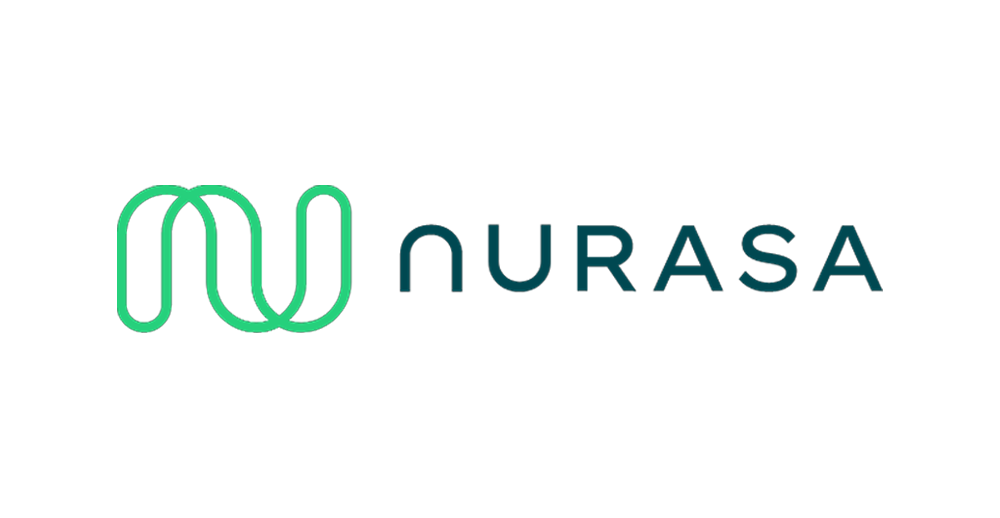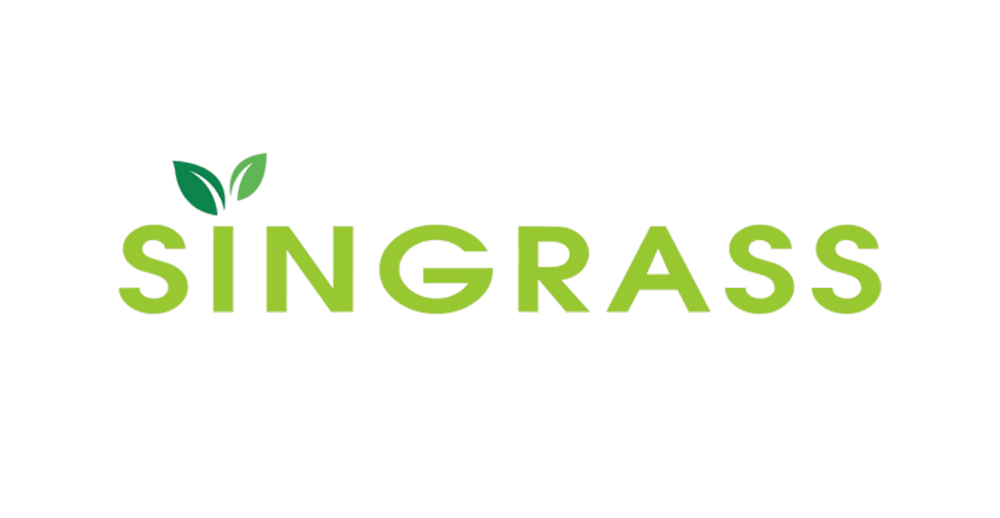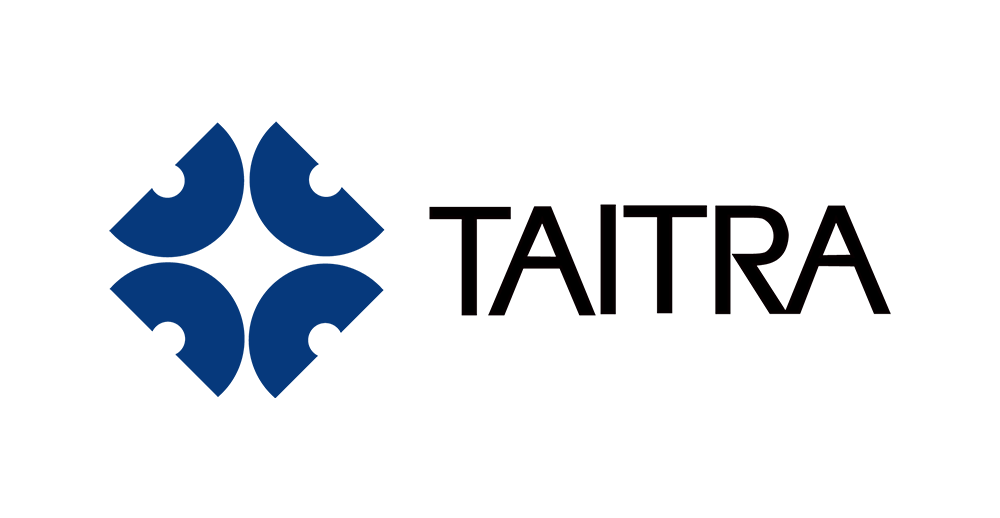More and more people are paying close attention to what’s in their food, and for good reason. Between confusing ingredient lists and labels filled with vague claims like “all-natural” or “good for you,” trust in packaged food has taken a hit.
That’s why transparency in food labeling has become such a big deal in 2025. People aren’t just asking what is in their food anymore; they want to know how it was made, where it came from, and whether the claims on the package hold up.
This isn’t just happening in the US either. Countries like Singapore are introducing systems like the Nutri-Grade label to help shoppers make better choices, and the European Union continues to lead the way with stricter rules around health and nutrition claims.
Overall, expectations are changing, and food brands face more pressure than ever to be clear and honest.
In this blog, we’ll explain what transparency in food labeling means, how to spot misleading claims, and which standards and technologies are changing how we shop.
Whether you’re reading labels for health, sustainability, or peace of mind, this guide will help you make better choices.
What Does Transparency in Food Labeling Actually Mean?
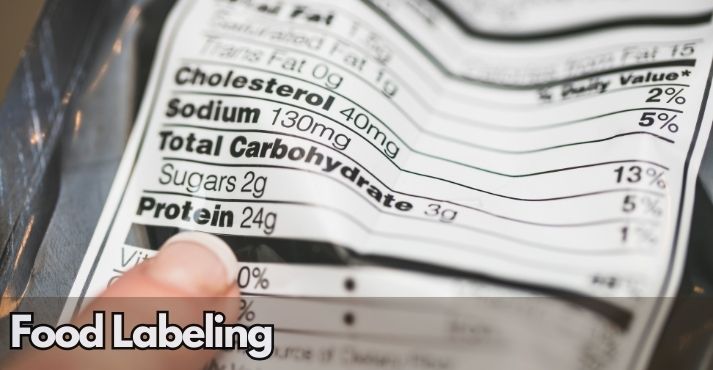
Transparency in food labeling refers to the honest and clear disclosure of all ingredients, sourcing information, and the accuracy of any claims made on a product’s packaging.
It means providing consumers with the necessary details to make informed decisions about what they’re buying, whether that’s the exact ingredients, how the product is made, or where the ingredients come from.
Ingredient transparency is essential for this movement. A transparent label should list every ingredient in the product, with no hidden additives or vague terms like “natural flavoring” or “artificial coloring.”
Additionally, when food brands make claims like “organic,” “gluten-free,” or “sustainably sourced,” they should back up those claims with verifiable information, often in the form of certifications or third-party audits.
For example, a USDA Organic label ensures that the product meets strict organic farming standards, while Fair Trade certification guarantees fair wages for workers.
Unfortunately, the rise of misleading marketing tactics like “greenwashing” has made it harder for consumers to trust food labels. Greenwashing refers to making products seem more environmentally friendly or healthier than they are, without substantiating those claims.
A classic example is a food product that claims to have “natural ingredients” on the front, yet hides artificial additives in the ingredient list.
Over 70% of consumers report that food labels provide the information they need to make informed purchase choices.
However, as the demand for ingredient transparency grows, many still find labels misleading or unclear, so consumer education and clear labeling are more critical than ever.
Clear vs. Unclear Labels:
A transparent and honest label might proudly display certifications like the USDA Organic or Non-GMO Project marks, while offering a simple list of ingredients with a clear origin for each one.
For example, a bag of coffee might show “100% organic, Fair Trade-certified Arabica beans from Guatemala,” backed by a certification logo and the producer’s farm location.
On the other hand, an unclear label could include a vague phrase like “natural flavors” without further explanation, making it difficult to know exactly what’s in the product.
Another example is misleading labeling claims, such as “light” or “low-fat,” without any apparent context or nutritional breakdown to support these terms.
Consumer Rights to Accurate, Accessible Food Information
Consumers have the right to accurate and accessible food information, especially as food labeling accuracy becomes increasingly important.
Food labeling laws exist in many countries, including the United States and the European Union, to protect consumers from deceptive practices.
The FDA’s Food Labeling Guide ensures that products are labeled accurately and that consumers can trust the nutritional and ingredient information provided.
The Food Labeling Modernization Act (FLMA) aims to improve labeling standards in the US, ensuring that labels are clear and up to date with the latest health and nutritional research.
Food labels worldwide, from EFSA’s nutrition and health claims regulations in Europe to Singapore’s Nutri-Grade system, ensure that consumers can access accurate and transparent food information, no matter where they live.
Whether you’re concerned about allergens, ethical sourcing, or nutritional value, these standards provide consumers with the information they need to make choices that align with their values and dietary needs.
Key Elements of a Transparent Food Label

A genuinely transparent food label provides consumers with clear and honest information, starting with a clean ingredient list.
This is an essential feature of the clean label movement, which advocates for products made with simple, recognizable ingredients that consumers can understand and trust.
Labels should avoid unnecessary additives, unclear terms, or vague references like “natural flavoring,” which obscure the actual contents of a product.
Equally important is the clear presentation of nutritional facts. Whether the back panel or front-of-pack info, transparent labels make it easy to find essential details like calories, fats, and sugars, helping consumers make informed decisions aligned with their health goals.
For individuals with specific dietary needs, allergen disclosure must be clear, ensuring that potential allergens such as peanuts, dairy, or gluten are prominently listed.
Another critical aspect of food label transparency is ensuring that any claims made on the packaging are backed by honest and verifiable information.
For example, terms like “sugar-free” or “natural” should be supported by accurate details on how the product meets these standards.
Certifications from reputable organizations, such as the USDA Organic or Non-GMO Project, help ensure that claims meet rigorous, credible standards.
As consumers increasingly demand clearer labeling, QR code transparency has become popular for brands to share detailed product information beyond the packaging.
Scanning a QR code can provide detailed information on product sourcing, ingredient origins, and production processes, giving consumers deeper insights into purchasing.
In a survey, 73% of consumers indicated they are willing to pay a premium for food products made with ingredients they recognize and trust. This trend shows how clear, honest labels help brands build consumer trust.
Regulations Protecting Label Transparency (US, EU, & Asia)

Food labeling regulations are tightening worldwide as consumers demand greater clarity and accountability. Adapting to these changing standards is essential for producers and retailers, as it helps ensure compliance, build trust, and maintain competitiveness.
The FDA’s Food Labeling Guide outlines how ingredients, allergens, and nutrition facts must be presented in the United States. The USDA organic labeling rules support claims around organic production with clear, enforceable criteria.
Europe has taken a leading role with its front-of-pack labeling initiatives. One of the most widely used systems, Nutri-Score, gives products a grade from A to E based on nutritional value.
This system helps shoppers make quick, informed decisions and is increasingly expected by retailers and regulators alike.
In Singapore, the government introduced the Nutri-Grade system to address rising sugar consumption. Beverages are graded from A to D based on sugar and saturated fat content, and lower-graded products must carry the label clearly on the front of the pack. It’s a system that’s influencing similar policies across Asia.
The industry is also moving toward digital food traceability. QR codes and smart labels allow companies to provide sourcing details, ingredient breakdowns, and supply chain data beyond the physical package, enhancing compliance and consumer engagement.
New laws like the Food Labeling Modernization Act (FLMA) aim to strengthen protections and update standards. The proposal supports clearer labeling formats and calls for greater accountability in packaging claims.
It also raises important questions about balancing transparency and privacy in the food industry, especially as digital solutions become more common.
Food and beverage companies should assess their current labeling practices as these policies develop to ensure compliance and trust with retail partners and consumers.
How Transparent Labels Influence Consumer Behavior
Consumers are becoming more selective about what they buy, and transparency is a vital factor in this change. Nearly 70% of shoppers say they need to trust a brand before they’ll keep buying its products.
Transparency on labels, such as clear ingredient lists and accurate claims, is one way brands build that trust.
With the help of ingredient scanning apps like Yuka and Fooducate, consumers can quickly check if a product matches what it says on the label. Yuka, for example, allows users to scan barcodes and assess products based on their ingredients, additives, and nutritional value.
By providing easy access to product ratings, users can quickly see if a product meets their health preferences, whether free from additives or high in certain nutrients.
This makes it easier for consumers to make choices aligned with their values, giving them confidence in their purchase decisions.
When brands misstep, the consequences can be severe. Consumers today quickly notice when products are misleading, whether it’s overstating claims like “all-natural” or not being upfront about additives.
In fact, many companies have faced lawsuits and boycotts after failing to live up to label promises, which can seriously damage brand reputation.
Alternatively, brands that prioritize transparency tend to see loyalty grow. Take RXBAR, for example. Their transparent ingredient list and honest marketing helped build a loyal customer base.
In 2015, a packaging redesign emphasized core ingredients on the front, eliminating ambiguity and boosting trust. This minimalist approach made the product more appealing and drove sales from $2 million in 2014 to $160 million in just three years.
Similarly, Kroger’s Simple Truth brand highlights its commitment to transparency by providing clear information on sourcing and nutrition, earning customers’ trust and boosting repeat business.
In a survey of US consumers, 59% said they always check labels, focusing on nutrition facts and ingredients, before buying packaged food. This shows how important it is for brands to offer clear, reliable labels if they want to win over and keep customers.
Transparent labels build trust and influence purchasing decisions. As more consumers read food nutrition labels and seek detailed information, brands that prioritize honesty in labeling are more likely to succeed.
Challenges and Loopholes in Current Labeling Practices
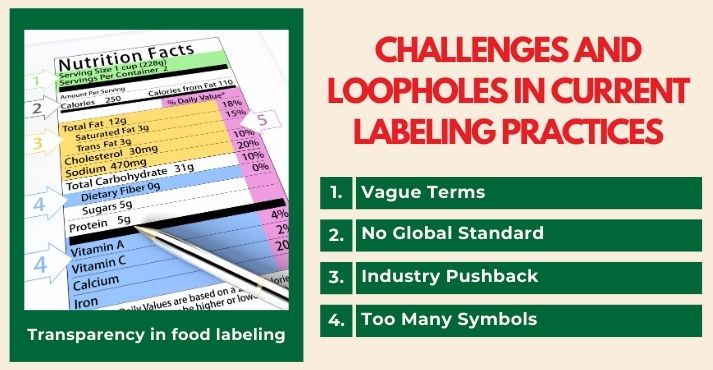
Food labels can be confusing, and part of the problem lies in how loosely some terms are used. Words like “natural” or “healthy” often sound reassuring, but don’t have clear definitions under many regulations.
This allows companies to market products in ways that may not fully match consumer expectations.
There’s also no single global standard for food labels. A product that meets labeling rules in one country might not qualify under another’s guidelines, creating confusion for international brands and global shoppers.
Another hurdle comes from industry resistance. Companies sometimes push back against stricter labeling laws, which can delay updates meant to improve clarity and food label honesty.
Even when labels include symbols and certifications, they’re not always easy to understand. With so many logos and seals on packaging, it can be challenging for shoppers to tell which ones are meaningful or just marketing.
These issues show why labels need to be more precise and consistent so consumers can trust them.
The Future of Transparency: Tech-Enabled & Consumer-Led
Technology is changing how food companies share information. Blockchain for traceability is becoming more common, allowing ingredient sourcing to be tracked from origin to shelf.
This gives retailers and consumers a more transparent look at how products are made and where they come from. This kind of digital food traceability is starting to show which brands can be trusted.
Consumers are also more proactive. Many use label scanning apps to check ingredients and nutrition facts at the store. QR codes on packaging or menus are also making it easier to access more detailed product information, like sourcing and certifications.
This is especially important for Gen Z and health-conscious shoppers who want easy access to information before purchasing.
With consumer expectations changing, we can also expect labeling regulations to adapt. As digital transparency becomes more widespread, clearer rules on how brands communicate product claims will likely follow.
Companies that stay ahead of these trends will meet new regulations, maintain consumer trust, and avoid compliance issues.
Frequently Asked Questions (FAQs)
1. What is food label transparency?
Food label transparency means providing clear, honest information about ingredients, nutritional facts, and sourcing. It ensures consumers know exactly what they’re buying. This helps create a more informed and trusting shopping experience.
2. Why is transparency important in food labeling?
Transparency helps consumers make better health decisions by knowing precisely what’s in their food. It also builds trust in brands committed to ethical practices. Additionally, it ensures that allergens are listed for safety.
3. What are common misleading label terms?
Labels like “natural,” “low sugar,” and “made with real fruit” can be misleading and unclear. They often lack specific definitions or can be used without sufficient context. It’s essential to look for detailed ingredient lists to verify claims.
4. How can I verify food label claims?
Check for third-party certifications like USDA Organic or Non-GMO Project. Scan QR codes on packaging for more details, or use apps that analyze ingredients and nutritional facts. These tools help confirm whether claims are accurate.
5. Are all countries required to follow the same food labeling laws?
No, food labeling laws differ across countries. The US, EU, and Singapore each have their standards and regulations. Global brands must comply with the specific rules of each market where they sell products.

